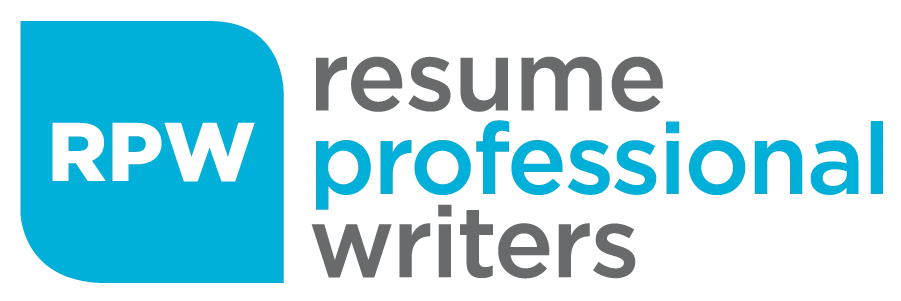Educational background on resume is more than a formality—it’s a strategic section that can influence hiring decisions. Whether you’re a student fresh out of college, a professional returning to school, or a seasoned expert with advanced degrees, how you present your academic achievements can either reinforce or weaken your overall application. In a competitive job market, knowing what to include, where to place it, and how to format it can make your resume stand out to recruiters and applicant tracking systems alike.

Why Your Educational Background Matters in a Resume
Your resume’s educational background section provides critical insight into your qualifications, knowledge, and preparedness for a role. Whether you’re a recent graduate or an experienced professional, how you present this section can influence your chances of moving to the interview stage.
Recruiters often scan the education section to:
- Verify credentials
- Assess relevance to the role
- Determine qualification level
- Understand academic or industry specialization
- Compare your background with other candidates
- Evaluate your academic achievements in specialized fields
An effectively crafted education section helps build trust and communicates that you meet or exceed baseline qualifications, which is especially crucial in competitive job markets.
Where to Place the Education Section on Your Resume
For Recent Graduates and Students
Place the education section above your work experience. Emphasize achievements such as GPA (if 3.5+), relevant coursework, academic projects, or honors.
Pro Tip: Include capstone projects, internships, or student leadership roles to demonstrate initiative and practical experience.
For Experienced Professionals
Position education below the professional experience section. Keep it concise unless you’ve obtained high-level degrees or certifications relevant to the position.
Example: If you’re applying for a senior software engineer position, your recent certification in cloud computing may warrant placement closer to the top.
What to Include in Your Education Section
Here’s what typically goes into a resume’s education section:
- Degree(s) earned (e.g., B.A., M.S., PhD)
- Field of study
- Institution name
- Location (City, State)
- Graduation year (optional if more than 10 years ago)
- Academic honors (e.g., Magna Cum Laude)
- Certifications or Licenses (especially for healthcare, law, IT)
Optional Elements
- GPA (only if strong and recent, ideally 3.5 or higher)
- Relevant coursework
- Thesis or dissertation title (for academia or research roles)
- Study abroad experiences
- Online learning achievements from platforms like Coursera, edX, or Udemy
If your GPA is below 3.5, it’s best to omit it unless specifically requested. For seasoned professionals, GPA typically carries less weight compared to work achievements.
Formatting Examples for Educational Background
Example for Entry-Level Candidate:
Bachelor of Arts in Psychology
University of California, Los Angeles, CA
Graduated: May 2023 | GPA: 3.8/4.0 | Dean’s List (2020–2023)
Example for Experienced Professional:
M.S. in Data Science, Columbia University – New York, NY
Graduated: 2015
Example for Someone Without a Degree:
Completed 60 Credits Toward B.S. in Business Administration
University of Nevada, Reno, NV
2018–2020
Example for Online Education:
Google UX Design Certificate, Coursera (Issued 2023)
Credential ID: ABC-123456
If you have multiple degrees, list them in reverse chronological order. Prioritize the most relevant degree if space is limited. For instance, a master’s in your target field should appear above an unrelated bachelor’s.
When listing your degrees, it’s acceptable to either spell them out or abbreviate them (e.g., “Bachelor of Science in Marketing” or “B.S. in Marketing”) — just be consistent throughout.
Tailoring Your Education Section for Different Resume Types
Chronological Resume
Education appears in reverse-chronological order. Useful if your educational history directly aligns with your career path.
Functional Resume
Focus less on dates and more on relevant academic experiences, especially if you lack extensive work history.
Combination Resume
Blend academic and work experience equally. Ideal for career changers or those with strong education and mid-level experience.
Common Mistakes to Avoid
- Listing High School if you’ve completed college or higher
- Overloading with unnecessary details (e.g., every course)
- Inconsistent formatting
- Leaving off graduation year (especially if recent)
- Incorrect degree titles or institution names
- Including irrelevant certifications (like CPR for a data analyst role)
Educational Background for Career Changers
If you’re pivoting into a new field, highlight any certifications, courses, or projects that support your transition. For example:
Completed Google Data Analytics Certificate (Coursera, 2023)
Relevant Coursework: Data Visualization, Excel for Data Analysis
You can also include:
- Bootcamp training (e.g., coding bootcamps)
- Self-directed learning
- Academic volunteer work or community education projects
If your degree isn’t related to the job you’re applying for, focus on transferable skills. A liberal arts degree, for instance, can highlight critical thinking, writing, or research skills that apply across industries.
Should You Include Incomplete Education?
Yes—if it adds value. Clearly indicate that the degree wasn’t completed, and emphasize the relevant skills or credits.
Completed 90 Credits Toward B.S. in Nursing
University of Texas, Austin, TX | 2018–2021
Also consider listing:
- Expected graduation date
- Reasons for transition (briefly and professionally if relevant)
Certifications and Online Courses: Where Do They Go?
Include them in your education section if they’re formal and from reputable platforms. Otherwise, create a separate Certifications or Professional Development section.
Google UX Design Certificate – Coursera (2023)
AWS Certified Solutions Architect – Amazon Web Services (2024)
Certificate in Financial Planning – Boston University (Online, 2022)
Massive Open Online Courses (MOOCs) and professional certifications from platforms like LinkedIn Learning, edX, or Udemy can show commitment to continuous learning — especially valuable in tech, marketing, and business fields.
Tips for International Candidates
Use the most globally recognized degree equivalent and translate credentials where necessary. For example:
Licenciado en Administración de Empresas (Equivalent to U.S. Bachelor’s Degree)
Universidad de Buenos Aires, Argentina | 2020
If needed, consider:
- Using services like WES (World Education Services) for credential evaluation
- Stating equivalency directly: “Comparable to U.S. Bachelor’s Degree”
- Including language of instruction (if relevant to job)
How Employers Evaluate Educational Background
Hiring managers may evaluate based on:
- Relevance to the job description
- Accreditation and reputation of the institution
- Level of degree (Associate vs. Bachelor’s vs. Master’s)
- Specializations, minors, or dual degrees
- Continued learning and certifications
Recruiters especially value candidates who show a commitment to ongoing education—a trait that demonstrates adaptability and long-term potential.
Start Enhancing Your Resume’s Education Section Today
Your education tells your story—make sure it’s told clearly and professionally. If you’re unsure how to present your academic background for your target job, our resume writing services are here to help. Whether you need help showcasing credentials or aligning your education with job requirements, expert assistance can make all the difference.








